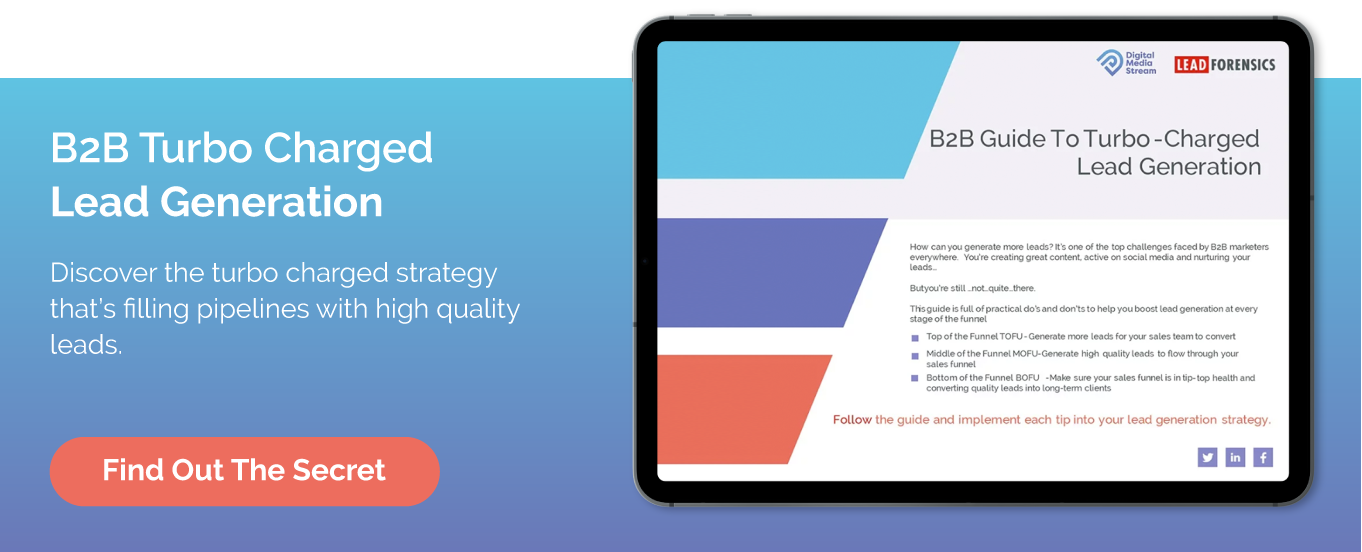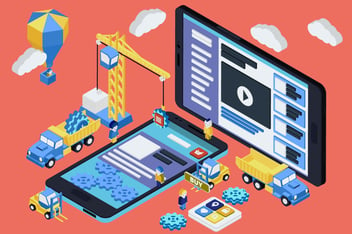![]() Marketing Automations offer a tried and tested process to help businesses nurture and convert more leads into customers. Used correctly, automations can be an incredibly powerful tool for boosting and sustain business success.
Marketing Automations offer a tried and tested process to help businesses nurture and convert more leads into customers. Used correctly, automations can be an incredibly powerful tool for boosting and sustain business success.
- Are you using Email Marketing Automations?
- Are you using them to their full potential?
If your answer to either of these two questions is anything other than a resounding yes - you are probably losing out.
.png?width=557&name=email-4284157_1280%20(1).png)
Lead Generation is undoubtedly at the top of any marketers priority list. The more leads generated, the better - right?
In 2020, nearly half of companies reported increased customer acquisition as their primary objective. The gap between lead generation and customer acquisition is one that has the potential to make or break revenue goals for any business - and is one of the main reasons Marketing Automations are so successful (and necessary!)
Given that only 1 in 4 leads is ready to buy, we need to ask ourselves what we're doing with the other 3 leads - or the majority at 75%.
It costs money to generate each of those 4 leads, and it makes sense that you'd want to take every opportunity to convert more of them into paying customers.
Rather than reinventing the wheel through overhauled marketing strategies, Marketing Automations offer one of the most cost-effective routes to nurturing and converting more prospects into customers.
There are many different types of Marketing Automations, but they all share the same fundamental process; they automate repetitive marketing tasks based on certain criteria, behaviours, or other defined parameters.
Email automation campaigns are among the top three tactics used by marketers to improve performance, and this is the specific type of automation we'll be exploring today.
Email marketing automations - as the name suggests - comprise a sequence of carefully crafted emails that address customer problems, educate prospects about a product or service, and ultimately encourages them to take the next step and join the other 25% of ready-to-buy leads.
Let's take a closer look at the mechanisms behind email marketing automations.
Marketing Automation Objectives
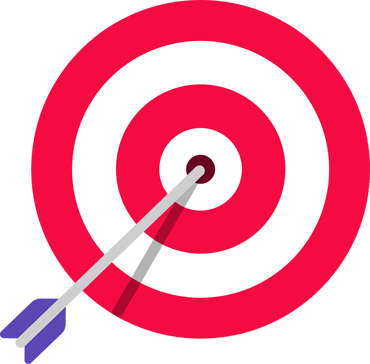
The overarching goal of most email marketing automations is to engage with prospects and leads who are not yet sales-ready and nurture them down the buyer's journey - with the end goal of becoming a paying customer.
Often, a lead is captured through gated content. They need to provide their email address in exchange for a downloadable asset, or perhaps even access to a free or demo version of a tool or platform.
Marketing automations initiate a course of preset emails that continue engaging with the lead long after they've received the initial asset or access they requested.
Spread out over time, these emails provide the lead with additional information, support, and resources that can help them more easily make a decision to purchase.
There are a few less-obvious benefits to email marketing automations:
-
- Cements a great brand experience with prospects
- Keeps your brand in the forefront of their mind
- Passively builds relationships between prospects and your brand
- Converts more prospects into purchase-ready leads
- Provides valuable insights into their behaviour and intent
Essentially, email marketing automations work to strategically and continually provide prospects with relevant resources they can use to inform and steer their purchase.
Using the right software, email marketing automations can offer incredible insights into your leads' behaviours, and help you understand whether the content you're providing is helping you reach your customer acquisition targets or not.
Email automations are a great tool for engaging with existing customers, too. The Inbound Marketing Methodology defines three distinct stages to any customer journey (more on this topic, later); attract, engage, and delight. The 'delight' stage includes an audience of existing and former customers. With the right message, a well-timed email to this audience has the power to drive referrals, repeat purchases, and creates up-sell opportunities.
Email marketing automations serve a purpose across all stages of the customer journey, and are one of the most practical and effective ways of achieving marketing and sales objectives.
Marketing Automation Software: HubSpot
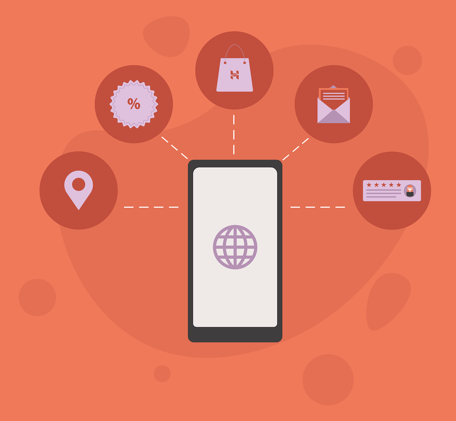
Your email marketing automation software should have the features and functionalities required to implement and analyse every campaign's success. HubSpot is the leading Marketing Automation platform and offers users a great set of tools to enable their success.
Workflows within HubSpot can be set up to send email sequences to prospects based on their activity and other preset triggers. Once your prospect has entered their contact details on any lead capture form, they can be automatically enrolled into a workflow.
Every email sent from these workflows is tracked; you have full visibility on each email open, click, and subsequent website activity. This provides clear insights into your lead's motivations, interests and intent - giving your sales team the information they need to tailor their sales pitch.
Marketing Automation & Customer Journey
Marketing automations are not limited to converting prospects into leads; they are helpful throughout the convert, close and delight stages of the Inbound Marketing methodology - and can be leveraged effectively to support every customer - new, referred, or former.
HubSpot allows users to define specific triggers, automate sequences after specific events - and much more.
Marketing Automations for Awareness Stage Leads
This audience will likely be the largest. These leads are furthest away from being sales-ready and need to be nurtured the longest.
Most important for this audience is to stay away from coming across as sales-y. Provide value, help them educate themselves, and solve a problem of theirs. They are not ready to buy - and forcing a sales-related message may push them to unsubscribe.
Awareness stage email automations will inform the lead of what they can expect - "What's in it for me?"
Top of the funnel audiences will also want to know why they should stay on your email list, and how you're going to help them or provide value to them.
The best types of content to use in your awareness stage email sequences include:
-
- Educational and informative content - like blogs, ebooks and videos that give the recipient a fuller idea of the product or service they've shown interest in.
- Resources and tools they can use (for free) to help them solve a problem.
- Informative and relevant content about your brand - like newsletters and reports relevant to them and their industry.
As leads are nurtured down the buyer's journey, your contacts pool will naturally become smaller.
Marketing Automations for Consideration Stage Leads
Your lead has shown interest, but they are still not ready to buy. Consideration stage email automations work to identify your leads goals and align your product or service as the solution to their problems.
Your messaging is still not going to be sales-focused. Your intention will be to align your product or service as the solution to an identified problem they're facing, or a goal they want to achieve. It's your opportunity to showcase features they might find helpful, identify ways they can use your brand to achieve objectives, or witness how other customers have benefitted from working with you.
This stage of the buyer's journey is a delicate mix between marketing, sales, and service. Your consideration stage email sequences will create a hype around your offering by illustrating the real value they can expect if they decide to buy-in.
The best content to showcase this includes:
-
- Case studies or testimonials - the more relevant, the better
- Webinars
- Audits and assessments
- Demos and tutorials
Marketing Automations for Decision Stage Leads
Finally. Your lead is ready to buy.
They understand how you can help them solve a problem, reach a goal, and how you can provide value. They trust you, and this is your chance to close the deal.
Exclusivity and urgency - used strategically - can help get leads across the finish line. Be sure to avoid unravelling all your hard work to this point by coming across as aggressive or over-eager. Be prepared to revisit topics you've covered before - even the most well-nurtured lead can sometimes revert back to the consideration stage.
The best types of content for decision stage email automations include:
-
- Time-sensitive discount codes and offers
- Free trials
- Discounts
- Proposals and consultations
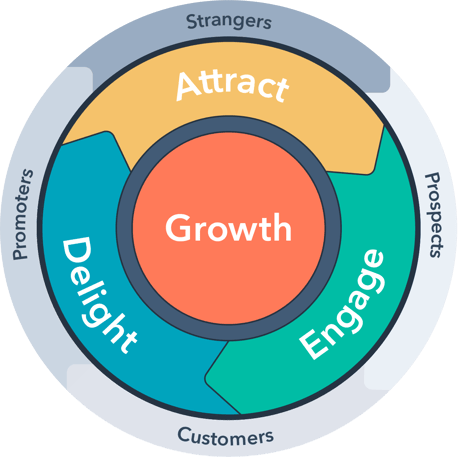
Email Marketing Statistics
Here are some statistics showing the benefits of marketing automations:
-
- 92% of marketing agencies are investing more time, resources, and budget into marketing automation integration.
- Of those who are automating marketing, 23% are automating their content delivery.
- 20% of marketers are using automated email marketing campaigns.
- 68% of businesses use automation in some way.
Source: HubSpot Marketing Statistics for 2021
If you haven't turned on your marketing automation software yet, now's the time. Speak to one of our Marketing Automation experts today.
The Benefits of Email Marketing Automations
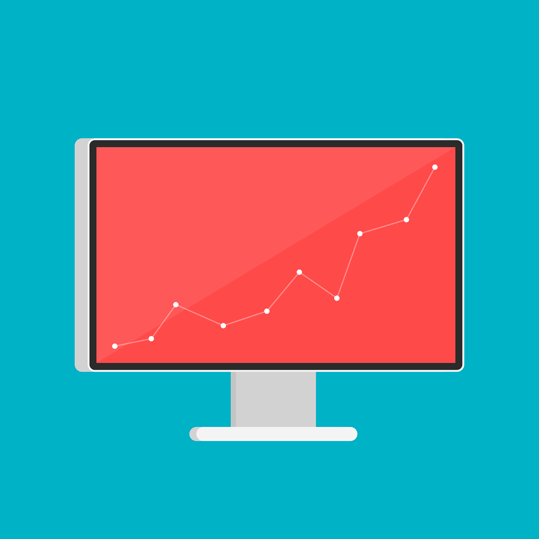
-
- Marketing automation is always working; nurturing your leads along your sales cycle and towards the purchase stage. Once you've set up and implemented your workflows, they're executed automatically. You free up human resources while keeping a finger on the pulse of every lead.
- You'll be able to reach out when a lead is ready. Using the analytics tools available on HubSpot, you'll be able to see in real-time the actions each recipient is taking. Your sales team will know, based on their activity and interactions, the best time to reach out to leads that are most likely to convert.
- Automations help to align and centralise marketing activities. Utilise your existing content and identify content gaps based on the customer journeys within your automations, centralise analytics and reporting, and optimise every workflow from one location.
- Marketing automation massively benefits the lead or recipient. You're offering value at every stage, and they have the power to unsubscribe at any time. By showcasing your genuine interest in helping them solve a problem, you're already miles ahead of the competition.
- As your recipients interact more with your website and download more offers, more information will be gathered on them. You will be able to build in-depth and detailed customer profiles, allowing your sales team to be more effective when reaching out and trying to close.
- For businesses with a longer sales cycle and high-value products (like software and technology companies) inbound marketing automation is particularly important. Typically, these companies will need to rely a lot more on lead nurturing to get that sale, and automations are able to do the 'heavy lifting' reliably and continually.
- Marketing automation is always working; nurturing your leads along your sales cycle and towards the purchase stage. Once you've set up and implemented your workflows, they're executed automatically. You free up human resources while keeping a finger on the pulse of every lead.
Marketing Automation Strategies for Sustaining Success
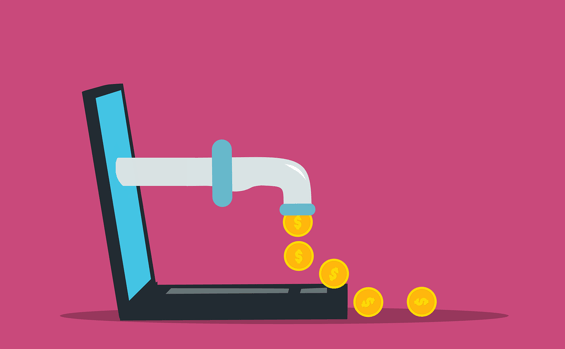
Your marketing automation emails should consist of varying messaging depending on the ‘trigger’ that has entered the prospect into the funnel.
By keeping each email relevant, and providing content that's both useful and relevant, you'll be steering the prospect toward a decision with every open and click-through.
The example below summarises the best strategies for using marketing automations for your business success.
Imagine a user on your website has downloaded an eBook from your landing page - great! You might create a workflow something like this one to nurture your lead:
Thank-You Email
Send them an email thanking them for downloading the eBook. Provide them with a link to the asset so they can access it easily without re-entering their details.
Always include contact details in your email. Footers with calendar links, social platforms, and a link to your website will work well for this.
Strike Up A Conversation
Here, you might lead by asking your prospect how they've enjoyed the eBook - and pick a specific topic from it to expand on. You might have a blog or page on your site that goes into that topic in greater detail.
Use a compelling summary to encourage them to click through to your content by illustrating how they might benefit from it, or a fact they might find interesting about it.
Build Out Based On Their Interest & Interaction
Just as you created hype and expanded on a specific topic they'd shown interest in, you can keep the conversation going by offering a different perspective on a related topic.
Say, for example, you sent them a link to a blog titled "The Best Tools For Keyword Research" in your previous email. Here, you can continue to pique their interest and offer value by directing them to another blog - "Using Keywords To Shape Your Content Strategy: 5 Tips".
Dazzle Them
Email automations are truly the gift that keeps on giving. Now might be a good time to offer them an even better asset than a blog, tool, or report.
Recap the journey so far; ask them if they're finding your content useful, what they might want to know more about. Invite them to peek into your social channels, or discover something unique about your brand. This is a great time to encourage engagement without a sales motive.
Wind Down
Acknowledge the journey you've taken so far with your prospect. Reflect on learnings, and tee up for them either leaving the workflow, or moving down the sales funnel.
Let them know this is the last time they might hear from you, and ask if they'd like to keep in touch via monthly newsletters. Be bold, and ask them if they want to book an obligation free consultation, or perhaps a discovery meeting.
You can use more than one of the first few e-mails, but the winddown email should only ever be used once in each workflow.
The sweet spot for the number of e-mails for each workflow is 6-8.
Image: HubSpot
As with anything, this isn't a set figure. You'll need to experiment with the number of emails, the time in between each email, and the time of day you are sending them; figure out what works best for your target audience based on analytics and feedback over time.
It’s also a great practice to send these e-mails from an individual (person) rather than the business as a whole. Remember, you want to keep the tone of your e-mails personal - and an email from "service@companyname" lacks the personal element that "mary@companyname" carries.
Marketing automation is important as both a sales tool and a marketing tool. By streamlining your lead nurturing using marketing automations, it will help you capture and process more sales, generate more revenue and yield higher ROI across paid and organic marketing campaigns.
Learn more about Inbound Marketing and how marketing automations form a vital part of your lead generation and customer success strategies.
Ready to see how marketing automations can help you achieve and sustain business success? Book a 15-minute consultation with our HubSpot Automation experts, here.


